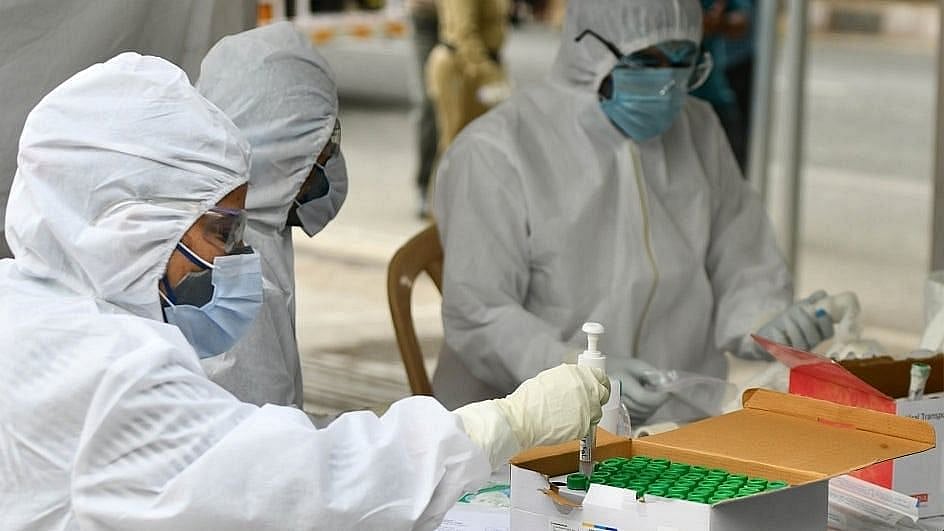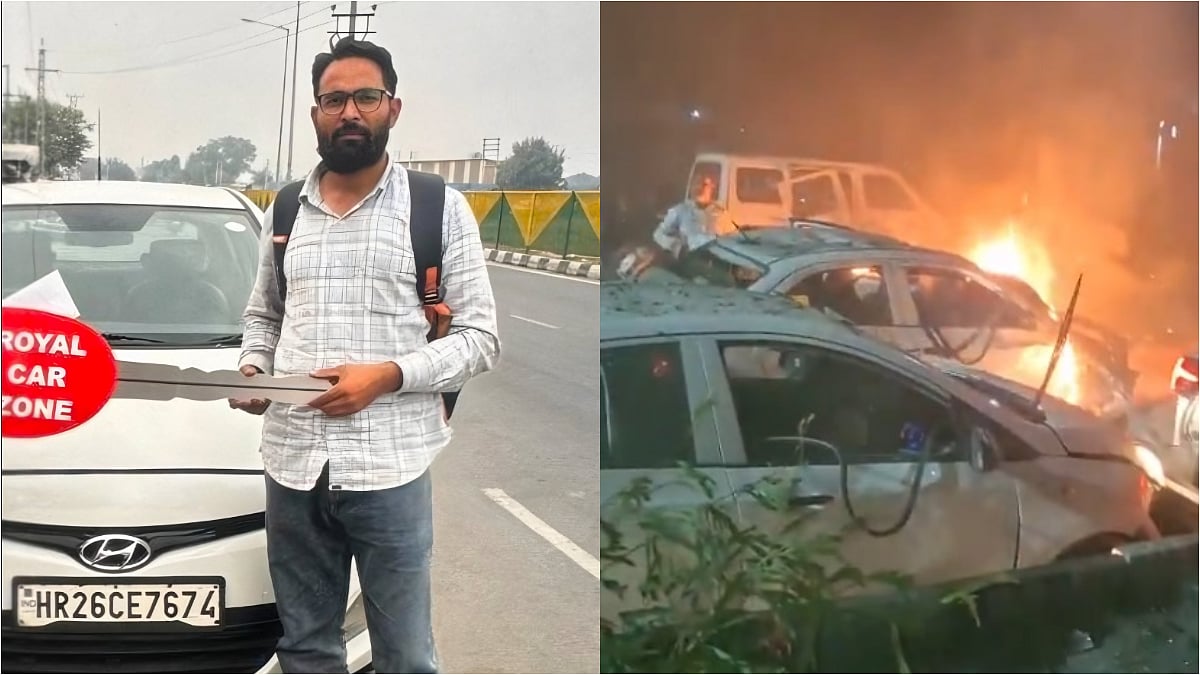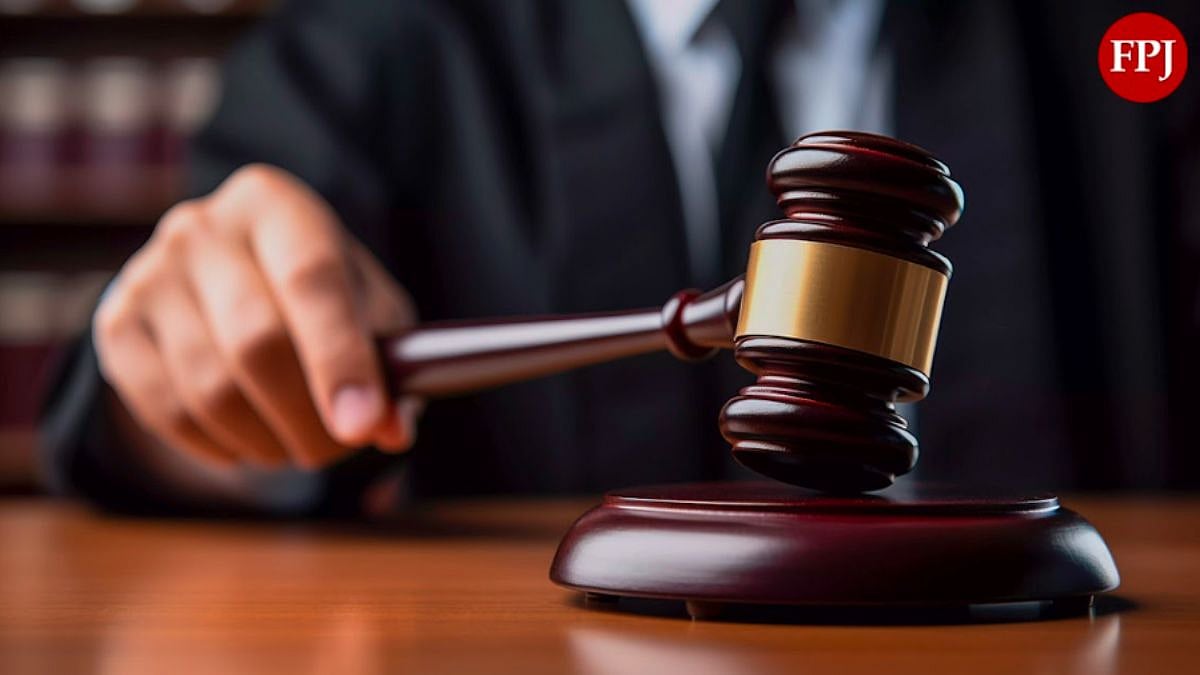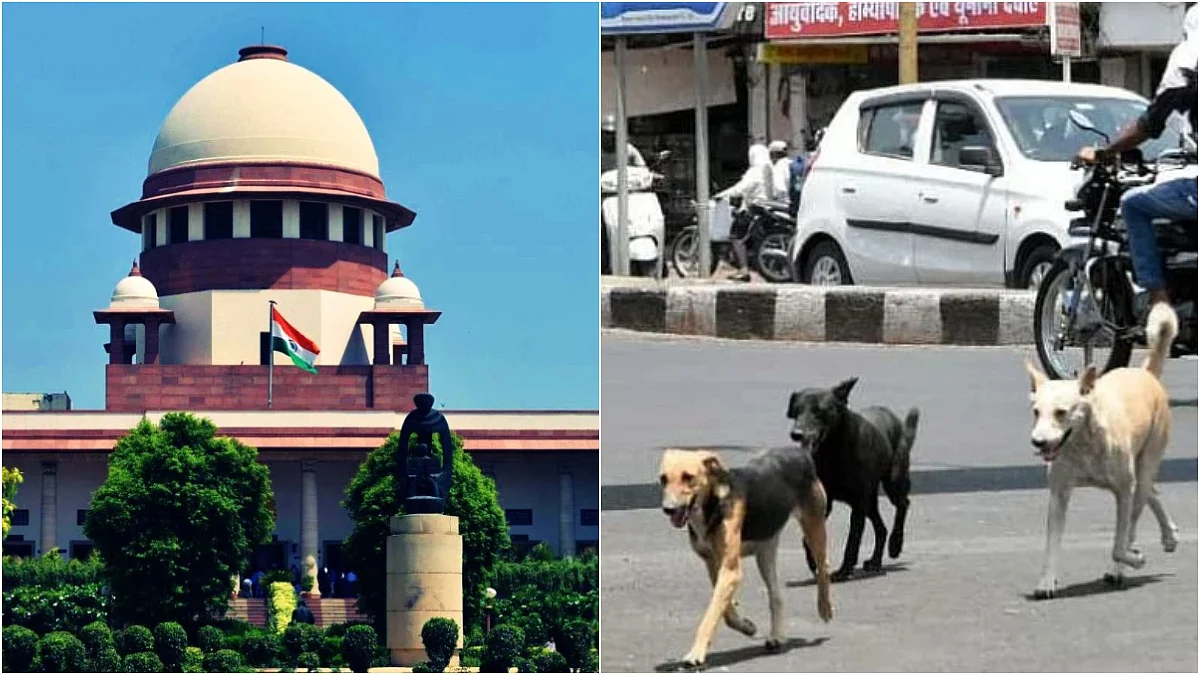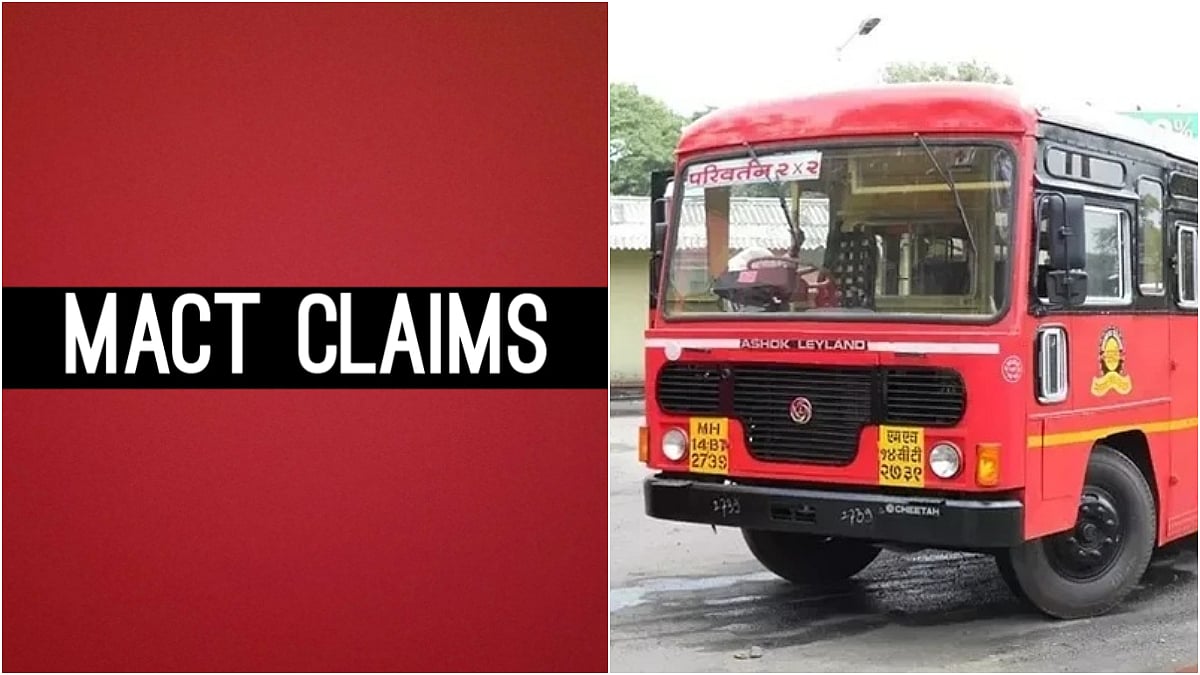The Brihanmumbai Municipal Corporation (BMC) in its latest sero survey has found out that the antibodies found in the slum areas earlier have decreased by 12 percent, following which civic officials have said that they have started to keep a close watch on the slum areas and have instructed ward officials to augment testing in the slum pockets of the city.
The BMC presented a sero survey report on April 24 in which it said that 41 percent of seropositivity is found in blood samples taken from municipal dispensaries in slum areas. The BMC mentioned that the first survey conducted in July 2020 found 57 percent of seropositivity in the samples of the slums and in the second survey 45 percent of sero positivity was found in the slums.
At present, more than 90 percent of the cases in Mumbai are being reported from high-rises and residential buildings while the remaining cases are from slum areas. Senior officials of the BMC, however, maintained that even though cases are being reported from high-rises they are also keeping a close eye on slums.
"When the pandemic broke out last year, majority cases were being reported from the slum belts of the city like Dharavi and Worli Koliwada. However, following relaxations in lockdown norms post monsoon, more cases started to come out from high rises," said a senior civic official.
As per the latest data, available in the BMC dashboard, there are only 115 slum areas all over Mumbai, marked as active containment zones, while there are total 1,101 active sealed buildings and 10,686 sealed floors in Mumbai.
In the report published last week, it was also found out that the sero-pisitivity in the samples collected from non-slum areas have also increased by ten percent in past eight months.
"The infection rate in slums has declined maybe that is why the herd immunity amongst the population living in slums has fallen and that of living in high rises is increasing," the official added.
Furthermore, they said owing to second wave and heavy case figures, testing in slums have been increased. In the densely populated slum areas like Dharavi, Antop Hill and Koliwada, the BMC is conducting door to door testing using its mobile vans.
"The civic body has set up a target of conducting 40 thousand tests per day and we are adhering to it, our staffers are conducting tests in both slums and high rises to detect as many cases as we can," said the official.
